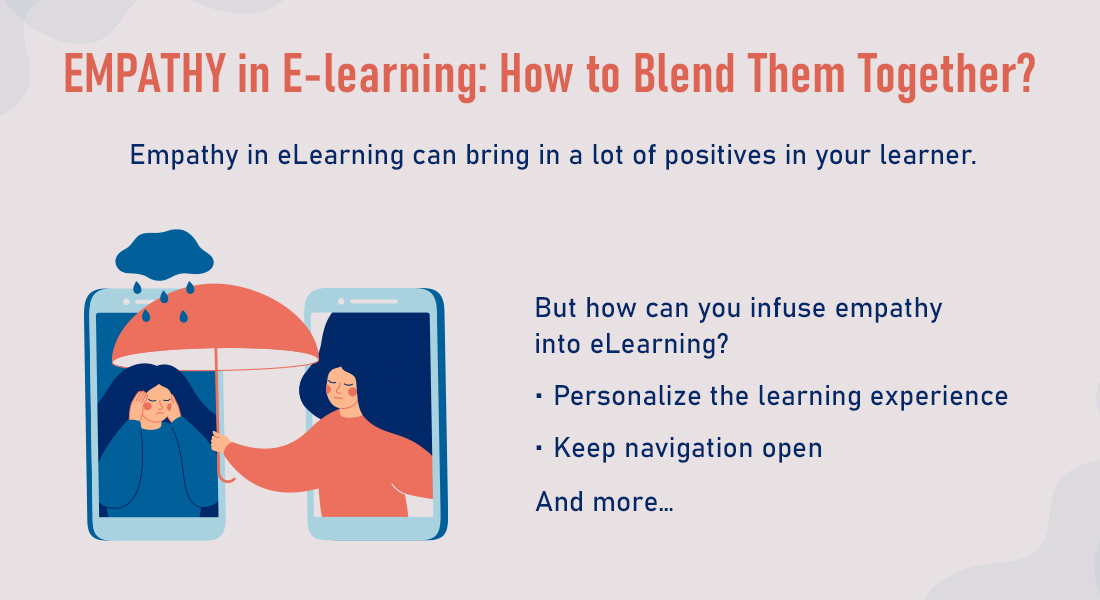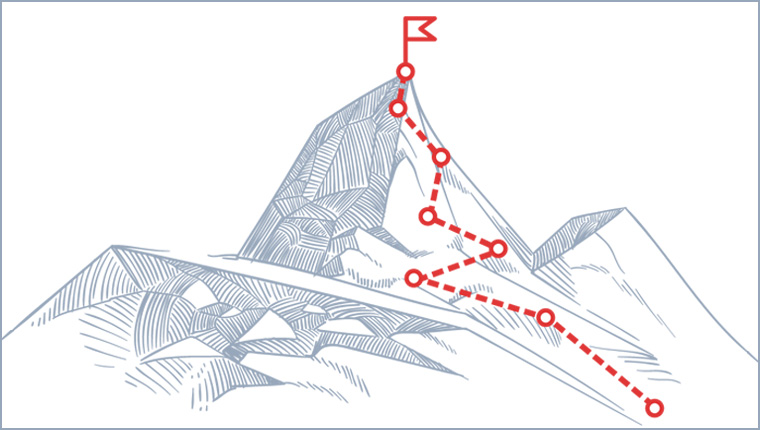Learning through the AGES: Enhancing Knowledge Retention with eLearning
Build eLearning courses on the AGES model. Grab attention, help generate connections, associate knowledge with emotions, and offer spacing in eLearning.
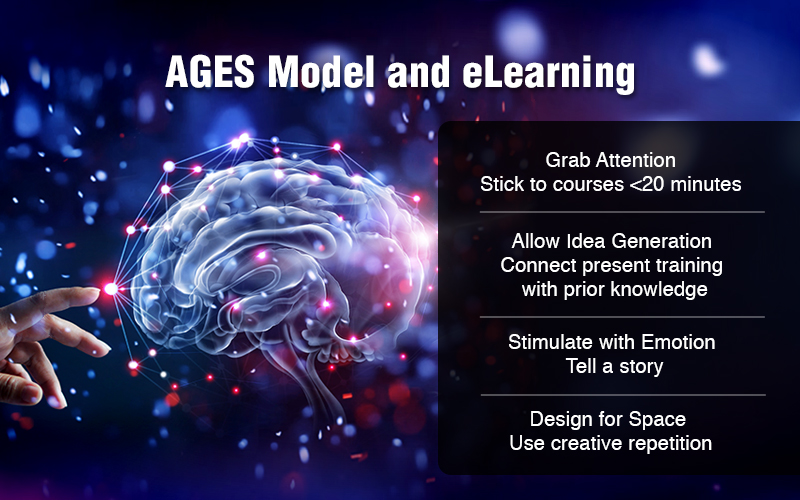
The human brain is a fascinating organ, I’m sure y’all agree! We think, act, learn, dream, imagine ourselves becoming rich and famous… remember lyrics to all Taylor Swift songs (well… I do); and all this happens inside this gooey network of cells. Learning has long been a puzzling process. We have evolved from classrooms to eLearning and yet “how we learn” remains, at least partially, still a mystery.
How do we Implement the AGES Model in eLearning?
- Grab Attention
- Stick to courses less than 20 minutes
- Add some drama and suspense
- Avoid multitasking
- Allow Idea Generation
- Connect present training with prior knowledge
- Provide time to reflect
- Encourage collaboration
- Stimulate with Emotion
- Tell a story
- Reward learning
- Add humor
- Design for Space
- Build regular breaks between learning
- Use creative repetition
Neuroscientists have spent years trying to understand the fascinating relationship between the hippocampus and the amygdala and their role in learning and memory, and voila! The AGES Learning Model was developed.
‘AGES’ is an acronym for ATTENTION, GENERATION, EMOTION, and SPACE. So, what’s the big deal? The big deal is that you can use the AGES model to make your eLearning programs more effective and learner centric.
How? Well, that’s what this blog is all about. Let’s get down to the brass tacks.
eLearning through (the) AGES
Attention – “Grab your Brain’s Attention”
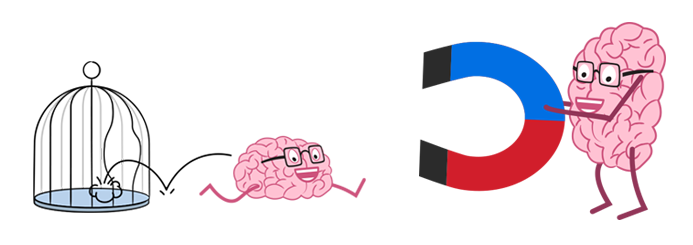
Our brain engages in two kinds of learning – passive & involuntary (almost like a reflex) and active & voluntary. While reflexive learning is natural, it is highly unreliable because it functions at a sub-conscious level which can’t be controlled. For an effective learning experience, the brain needs to be active and attentive. Attention is one of the key ingredients in any successful eLearning recipe.
How do you ensure you have the learner’s attention in eLearning?
Stick to the 20 Minutes Rule
Studies show that the average attention span of adults is around 20 minutes. The shorter the learning sessions, the better the focus and attention, and therefore, learning.
- Opt for short eLearning courses focused on a specific topic. Microlearning modules dealing with one learning objective is the best way to achieve this.
- Ensure the learning content is coherent and flows logically, not jumping from one mode to another (audio to visual and back).
- Stick to one engaging instructional design strategy for one course.
- If the course is longer than 20 minutes, divide it into two or more sessions with a break after each session.
Create Suspense & Drama
James Bond sipping a martini while staring at the villain, a provocative political statement that sparked controversy, dialogues from Shakespearean plays… what do they have in common? They are imprinted in our brains! We remember those moments because they are dramatic.
You must be wondering, “What has this got to do with eLearning?” Think about it, you may not be able to make a drama out of your eLearning but you sure can make your eLearning dramatic.
- Start your course with thought provoking questions.
- Use characters with exaggerated dialogues.
- Gamify the course, award badges and reward points to make training competitive.
- Use pop-ups to surprise learners.
Make Multitasking a “no-no”
Living in this fast-paced world has made us multitaskers, doing several things at the same time. Most of us feel proud of our multitasking skills or feel envious of those who can. However, according to research (and common sense), multitasking is not good for effective learning. So, how do you implement the “no multitasking” rule in eLearning?
- Remind learners to turn off their phones and email notifications at the beginning of any eLearning course.
- Discourage them from taking the course while working simultaneously on some project.
Generation – “Let your Brain make Connections, so Knowledge takes Root”
I can think of many instances when I’ve forgotten something, and managed to remember it by recalling related information, I’m sure you do too. This is because the brain does not store knowledge as separate pieces of information but in a web of interconnected pieces, all related to one another.
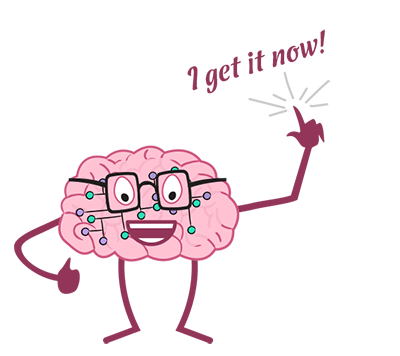
Generation is the act of developing insights on a particular topic through connection, reflection and sharing. If catching learners’ attention is the first step in acquiring knowledge, the second step, generation, is building a foundation for the gained knowledge to take root. ‘Generation’ in eLearning is a three-step process:
Enable Connections
Building connections between new information and prior knowledge is like putting together pieces of a puzzle. This is why instructional designers usually begin eLearning courses with a ‘do you know question’ or a short and easy quiz on the basics of the topic or information from prior training. That is how they set the context for the training.
Offer Opportunities for Reflection
“Learning without reflection is a waste”. In any learning, if you do not allow learners to reflect on what they learned, the chances of them remembering it is pretty slim. Reflection activities in eLearning opens the door to generate insights.
To encourage reflection in learners within eLearning:
- Provide additional links and resources for more advanced information.
- Use formative assessments to review learners’ understanding and retention.
Encourage Collaboration
This is the age of user-generated content. Discussion boards, chatrooms, and instant messaging encourage learners to build relationships with peers and SMEs. They can share and test their ideas against counterpoints and opposing opinions. The more varied the ideas they get exposed to, the better and more inclusive their perspective will be on a given topic.
Emotion – “Engage the Brain through the Heart”

For the longest time people thought you can’t be ruled by emotion if you want to be successful. In recent years, this concept of separating the emotional and logical sides of brain is being vociferously challenged. Professionals have finally agreed on the fact that emotion can’t really be separated from mental activities like learning. Memory is closely tied with extreme emotional reactions. We remember things which are emotionally significant to us.
Learning is more powerful, and knowledge is retained better if accompanied by a strong emotion. And the bottom-line in any learning is its retention, isn’t it? If eLearning can harness this power and provide some emotional context to learners, they will have an easy time beating the forgetting curve.
One way of making your eLearning modules effective is by designing them not just to give information but also to stimulate emotion – tell a story, provide real-life context by building a scenario, introduce humor, or gratify with reward points. Any kind of emotion in learners will fast-track information to long-term memory.
Download our eBook on designing eLearning based on ‘Right Brain’ aptitudes.
Space – “Give Learning the Space &Time it Deserves”
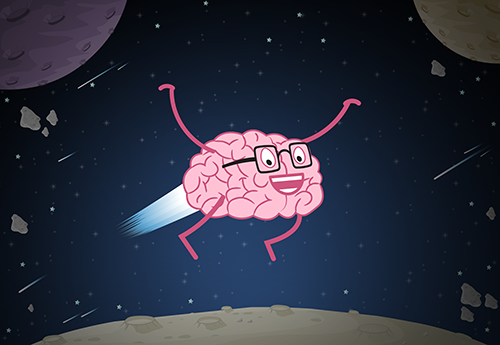
The more we learn, the more we forget. Strange but true. We have a learning curve and a forgetting curve. The Learning Curve is the rate of learning against time i.e., the time to learn. The Forgetting Curve is the rate at which we forget new information – we tend to forget more than half of it within days.
Based on these evidences, British neuroscientist and educator Paul Kelley proposed the idea of spaced learning (No… it is not related to Star Wars or learning in outer space). According to the Spaced Learning theory, the brain retains knowledge better when information is spaced across intervals to be repeated, retrieved, and reinforced over and over again.
Here is how you can apply the spacing effect in eLearning. Design the learning process such that there are ample spaces between the learning sessions. These spaces allow learners to reflect on what they learned and to build more connections between existing knowledge and what they just learned. The longer the time to learn a lesson, the longer the time should be between it and the next lesson.
Design Shorter Modules and Build Regular Breaks
Remember the 20 minutes rule? Four 15-minute modules, each focusing on one learning objective and taken in four separate sessions, are any day better than a 60-minute eLearning course taken in one day.
So, here is what you should do:
- Chop content to come up with short eLearning courses (not more than 15-20 minutes)
- Instead of giving all the training at once… distribute it over days or weeks.
- Maintain a gap of few weeks or a month between two different training programs.
- Plan to have refresher courses after a certain time (maybe six months or so)
Use Creative Repetition
According to the Spacing Effect, the longer it takes learners to finish a course, the longer break they need to effectively retain it. But here’s the catch, training should not be so spaced that learners forget all prior knowledge. Online training needs to maintain a delicate balance of spacing and repetition. The best way to go about repeating information in eLearning without becoming boring is to use different instructional design strategies for the same learning content. This way, learners are exposed to different learning experiences for the same information.
Summing it Up
When you design your next eLearning course, remember the acronym AGES: attention, generation, emotion, and spacing. Your eLearning course should grab learners’ attention, help generate connections between new and existing knowledge, associate the knowledge with strong emotions, and offer spacing and repetition to help learners absorb new information.
New-age learning techniques and instructional design strategies try their best to build engaging and memorable eLearning courses. Want to know more about them? Download our eBook on ‘Instructional Design’.




